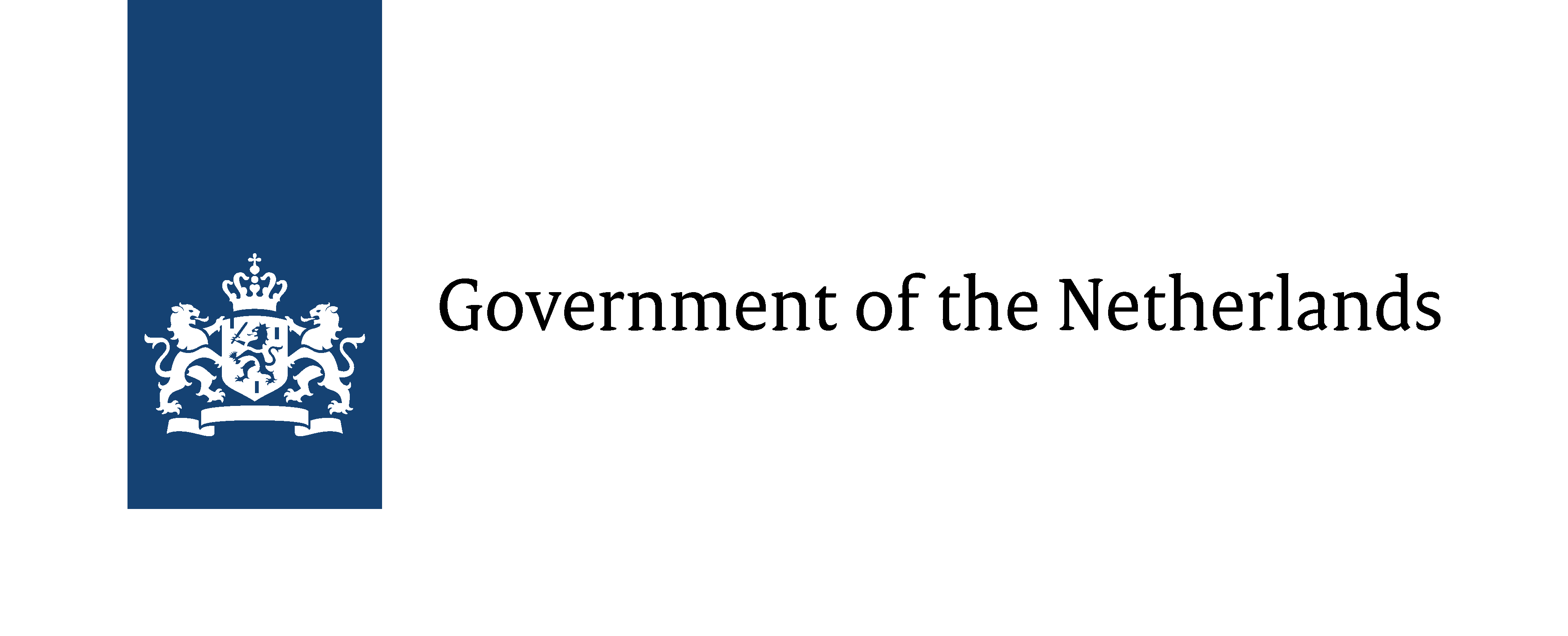'Mapping' Westfort Village at Pretoria, Tshwane
South Africa does not only have a well known shared past with the former Dutch Republic. There is also the rich residue of a shared heritage in Tshwane/Pretoria, Johannesburg and elsewhere from the period of the Zuid-Afrikaansche Republiek (ZAR) and later. Here, Dutch-born architects actively contributed in the late nineteenth and early twentieth century to construction and infrastructure developments. This period coincides partly with the life of the Dutch queen Wilhelmina (1880-1962), after whom the term ‘ZA Wilhelmiens’ is coined (Bakker, Clarke & Fisher 2014).
The inner city of Tshwane/Pretoria, as well as the former Leprosy Asylum near Westfort show the direct influence of the Dutch-born architects Sytze Wierda and Klaas van Rijsse, who worked for the national Departement Publieke Werken (DPW) in and around Pretoria during the heydays of President Kruger’s ZAR.
After the initial Heritage Field Academy (organised as a joint project between the Netherlands Cultural Heritage Agency (RCE), the University of Pretoria (UP) and ArchiAfrika in 2009) (see Corten 2010), more projects and missions followed to raise awareness, train and advise on built South African-Dutch Heritage, in particular the ‘ZA Wilhelmiens’ legacy.
The training and advisory missions are part of the Dutch Policy on Shared Heritage. They are undertaken in the framework of the Memorandum of Understanding as signed by the South African and Dutch governments on March 21, 2004.
The recent Shared Heritage ‘Westfort’ Mission (March 2015) was a joint project in close collaboration with UP, RCE, Delft University of Technology (TUD) and the Royal Dutch Embassy. The activities were partly supported by the cross-faculty research project Capital Cities: Space, Justice and Belonging of UP that aims to address the global challenge for cities to become more creative, productive, liveable and sustainable, specifically by ‘bringing together’ humanities through activities in law, architecture, and related fields. The living conditions of the South African capital city in general are investigated within this framework and that unveils the issues of the revitalisation of historic environments beyond the inner city of Tshwane.
Prompted by an initiative of the community that nowadays occupies the former Leprosy Asylum near Westfort (founded in 1897-98 and partly designed by Wierda and Van Rijsse of ZAR-DPW) this settlement was identified as a ‘Shared Heritage’ site in 2014. The 2015 mission – executed by prof Marieke Kuipers (RCE/TUD), Jean-Paul Corten (RCE) and Job Roos (co-director of Braaksma-Roos architects/TUD) – aimed at both the training of young professionals and students in methodologies of ‘mapping’ potential heritage values of the Westfort colony and bringing stakeholders together.

